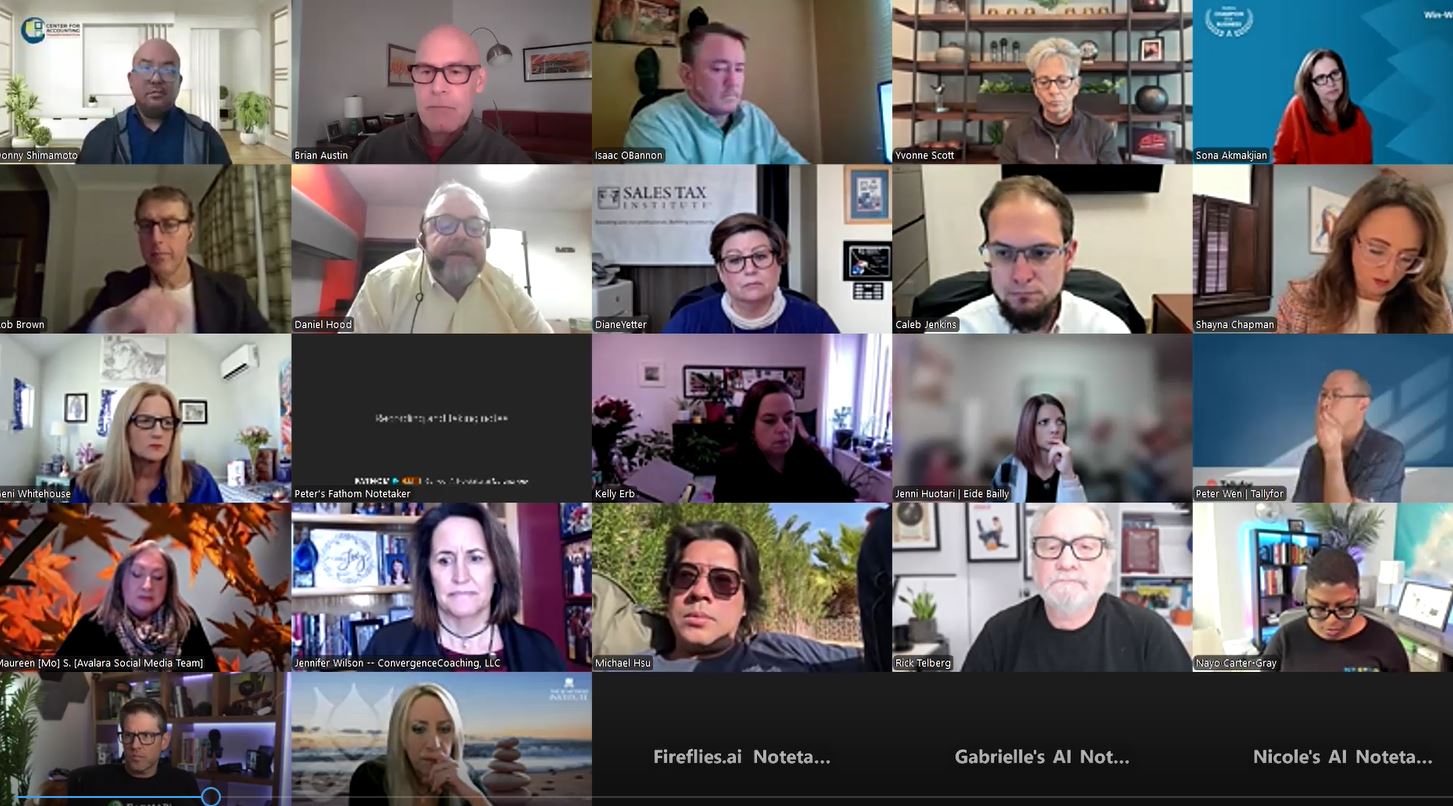Public accounting firms all have the same business goal – to make a profit. It sounds simple, so what keeps so many practices from being as profitable as they’d like? The answer is poor planning and inconsistent delivery.
And while factors such as the number of clients on the books, partner ratios, or the number of billable hours play a large role, profitability will almost always hinge on the accuracy of the original plans. More accurate planning will determine if the firm’s work ends up ‘in the black’ or not.
Plans vary widely, based on the timeframe, people involved, type of service, and even the client. With so many variables, you might ask how suited a brief article is for giving advice. But common to all planning is that the most accurate plans lead to the best results – and yours can be made more accurate by focusing on learning from the past, carefully selecting resources, and by publishing expectations.
Planning Ahead by Looking to the Past?
The first step in planning a profitable engagement is looking at what was done in the past. In planning an engagement, wouldn’t it be great to know how the firm has approached other similar past engagements, and the end results of those? What resources were involved? If scope stayed within expectations, or what might have pushed it over?
But history is often overlooked, typically because the information planners might use (and certainly should use) isn’t easily accessible. One reason is because effective plans have so many considerations: the scope of the work, the budget, the tasks involved, and the resources selected. All of these are naturally related, yet information about each is usually found in a different place. Some planners are simply blind to its availability, and in other cases the cumbersome steps to find the information leads planners to take the easier approach of “best-guess” estimates.
Pull this information together to bring your firm the discipline of knowing what has worked well, and why it was successful. Review staffing on various clients, and replicate it when similar clients come on board. Explore the DNA of what has worked in the past by speaking to the senior partner on the account – What were the expectations? How did your staff approach the work? What kind of skills and experience should we be looking for? Having the right information in place to ask – and answer – these questions can lead to similarly profitable future outcomes.
Finally, when the right information is put together, you can go beyond merely copying successful projects, and use them as a teaching approach for to improve the knowledge of other staff members.
Selecting Resources
Although sometimes a necessity due to unforeseen circumstances, mid-project resource shuffling is more typically the result of poor planning and can derail profitability. Avoid this with pre-project planning to ensure you have the resources you want at your disposal. Capacity is one driver of resource selection – planners need to know who’s available, and their current and planned capacity.
Tightening up the resource plan means planners need visibility to the entire firm’s current and future work, and which employees have been allocated to it. But this is often elusive as proposed work isn’t always available to planners, and the likelihood of winning the new work is hard to predict. Instead of keeping the pipeline hidden, find ways to expose proposed work so that both current and likely future capacity is clear. That way, project planners won’t suddenly find resources unavailable, and staff will also avoid being ambushed by new work. The firm can take on the new business, not disrupt engagements in-process, and keep staff utilization steady – a “win” all around.
Another driver of resource planning is talent and experience. Everyone brings different skills, experience, and work preferences to the business, so staff aren’t always easily interchangeable. In selecting resources for a challenging engagement for a key client, wouldn’t you like to know who’s done this kind of work before, maybe even for this same client? Or, who has the right certifications and skills?
You’re probably thinking that you have this information – but that’s in your HR system, accessible by only a precious few. Find ways to bring this talent into your resource planning approach so you can select resources not just by available capacity, but also by ideal “fit” for the engagement. You’ll avoid resource shuffling, and the best people on the project there are more likely to deliver on time, and within profit expectations – a win for everyone involved.
Publishing Expectations
Almost all firms have performance expectations for key drivers of profitability, such as resource utilization, job margin, or client profitability. Some firms may have blanket expectations, and others may have variable targets. Performance expectations may be stringent and absolute in some firms, and perhaps an understated guideline in others.
Most firms typically expose results after the work is completed. By then, it’s too late to make adjustments on work or resources that failed to meet expectations – an obvious fact to most firms. The problem is, most firms can’t easily calculate the anticipated outcome while the work is still in progress. Often the profit expectation is locked in the firm’s back-office financial system, while the work itself is managed by the front office, using a different tool. Look for ways to bring financial and project information together, so staff and managers alike can see how progress, resources used, or billable hours are impacting expected profitability. By exposing the target and constantly updating performance against it as the work is performed, managers can make the necessary adjustments to keep the results within expectations.
While you may hope that all planners rely on the past and carefully select resources, perhaps this advice on bringing your firm’s information together will make it easier for your firm’s planners to follow these steps. And, with better information leading to even more accurate plans, you’ll see more consistent, repeatable profit from your firm’s work.
—————-
Drew West is the director of marketing for Deltek, a leading provider of enterprise software and information solutions for professional services firms and government contractors. With headquarters in Herndon, VA, the company has more than 1,600 employees worldwide.
Thanks for reading CPA Practice Advisor!
Subscribe Already registered? Log In
Need more information? Read the FAQs
Tags: Firm Management



